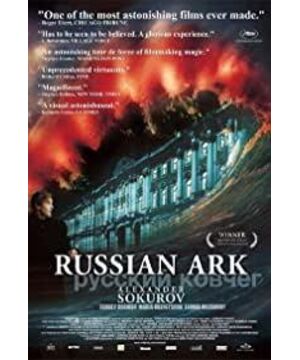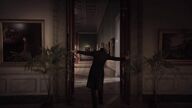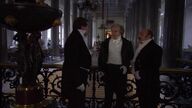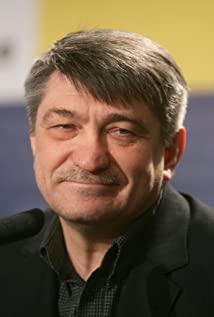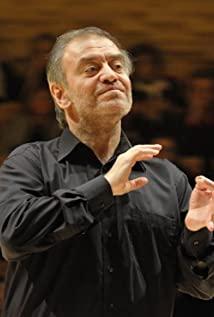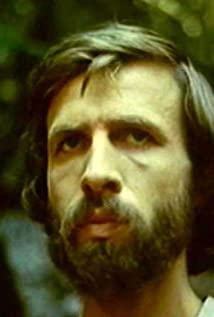In fact, I think it is not so much an opposite, but a complementary one. Because narratively, they each have their own advantages. A long shot is a continuous shot of a subject by a camera, a bit like a person watching something without taking his eyes off it, and thus has the properties of continuity, integrity, and authenticity. It can also be expressed as: the unity of time and space, the integrity of the image and the documentary effect of the effect. That is to say, since the time and space of a long shot is continuous, the image of the subject must be a whole, so it is impossible to fake, that is, real.
In the film "Russian Ark", Russian director Alexander Sokolov used only one shot to let the French diplomat travel through the thousand-year history of Russia, pushing the long-shot aesthetic theory advocated by Bazin to the extreme.
In one shot, a combination of fixed shots and push, pull, pan, move, follow and other almost all motion shots are used. The camera forces the viewer's gaze and brings the viewer here, the French diplomat is a tourist and a tour guide, his dialogue with the filmmaker is the guide words, while the others are pure performers, interpreting and interpreting Russia for tourists History. Here, the most beautiful thing about a long lens is its natural coherence, and while it sometimes feels like being dragged around and uncomfortable, it always takes you on and doesn't want to give up.
In one shot, all kinds of scene changes in one go. The coherent changes of scenery make people feel very natural and real. From long-range to panoramic to close-up, so smooth, let the audience's interest in a thing gradually. The diplomat is wandering in this palace, and the process of his understanding of what he sees is also the process of the audience's line of sight. The camera touched from the long-term view of a ceremony to the close-up of the facial expression of a guard, without any editing and excessive, but everything was so logical.
Even with a single long shot, there are always two perspectives: one of the viewer as an outsider, and the other of a diplomat. The second can be understood in some ways as the use of subjective lenses in montages. No special transitions are required, wherever you go, there is the location of the narrative, and whatever happens here is the content of the narrative. Just hold the camera to shoot something, and then don't press stop, it's so real.
In the entire film, except for the dialogue, only the dance near the end has music. That is, all the sounds are live, and no other sound is used. This may also be one of the reasons why long shots show their authenticity.
View more about Russian Ark reviews


